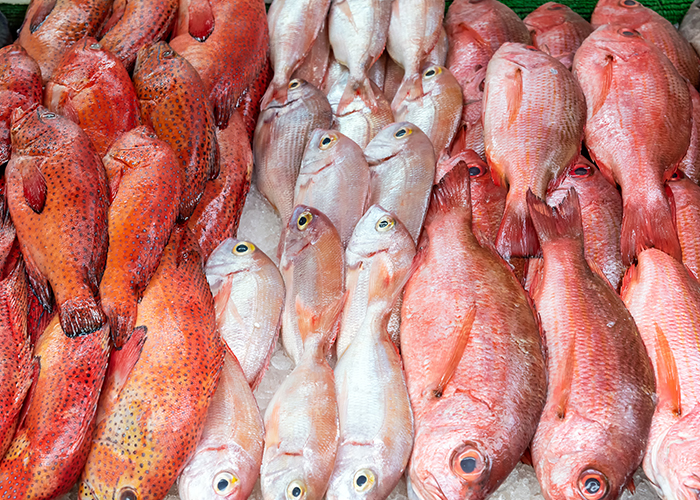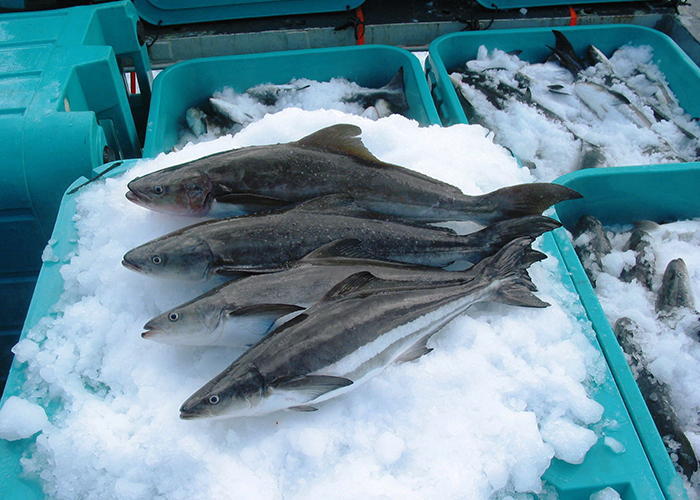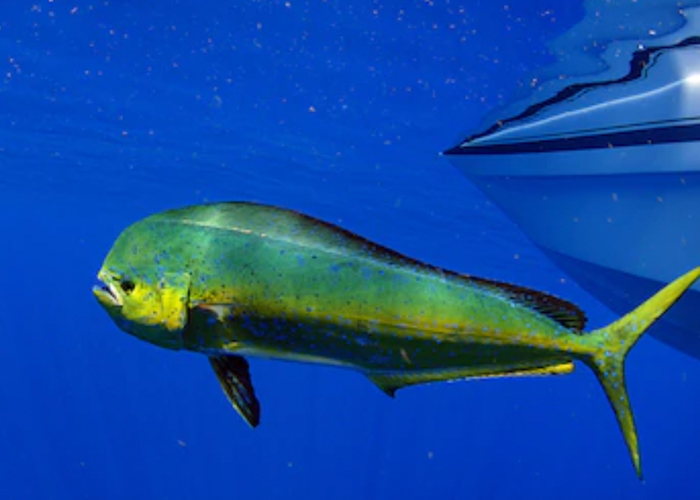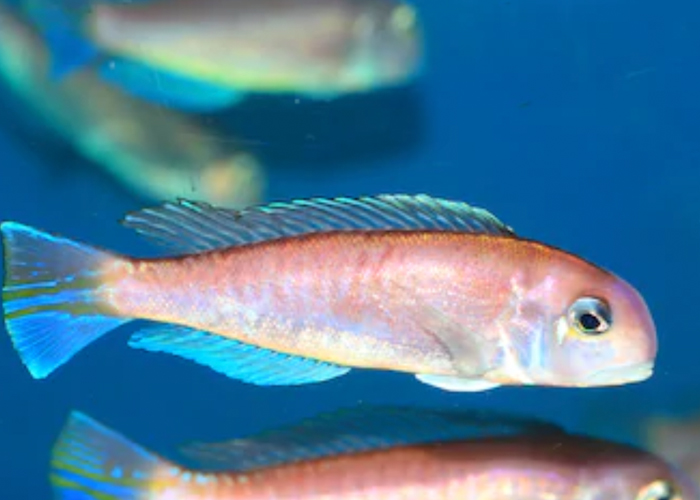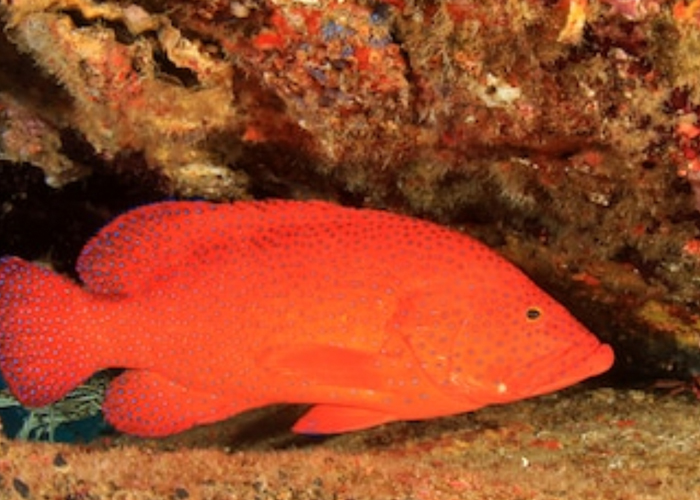The species below are commonly fished and eaten throughout the Gulf of Mexico. As with all fish commercially harvested under federal guidelines, these fish are managed and caught sustainably so that future generations will have access to this resource. Click on any of the names to learn more.
According to the 2018 stock assessment of Gulf of Mexico red snapper the stock is not overfished. The stock is rebuilding and a rebuilding plan is in place. Regulations are in place to ensure that the combined commercial and recreational catches are low enough to prevent overfishing.
According to the 2013 stock assessment the Gulf of Mexico stock was 7 percent above its target population level, while the Atlantic stock was 29 percent above its target population level. Both stocks are not overfished and not subject to overfishing. In the Gulf of Mexico, the cobia population nearly doubled from the early 1980s to 2000.
Scientists assume populations are abundant because they are highly productive and widely distributed throughout tropical/subtropical oceans. Scientists conducted an exploratory assessment of mahi mahi in 2000 and determined that the stock was not overfished, but they have not conducted a formal stock assessment. Atlantic mahimahi is not subject to overfishing.
According to the 2017 stock assessment, the Mid-Atlantic stock is not overfished and is not subject to overfishing.
According to the 2017 stock assessment, the Mid-Atlantic stock is not overfished and is not subject to overfishing.

